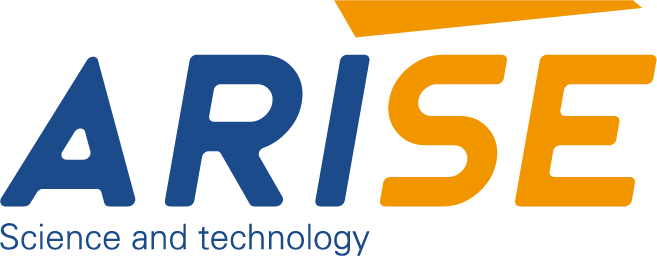The Role of 100% Full-Surface Print Inspection Systems
In today’s printing sectors, where quality comes down to precision and uniformity, 100% full-surface print inspection systems have become indispensable along the quality assurance supply chain. These print inspection systems assess every square millimeter of printed materials, identifying even the smallest defects that may affect the visual appeal, functionality, brand reputation, or functionality of the printed material.
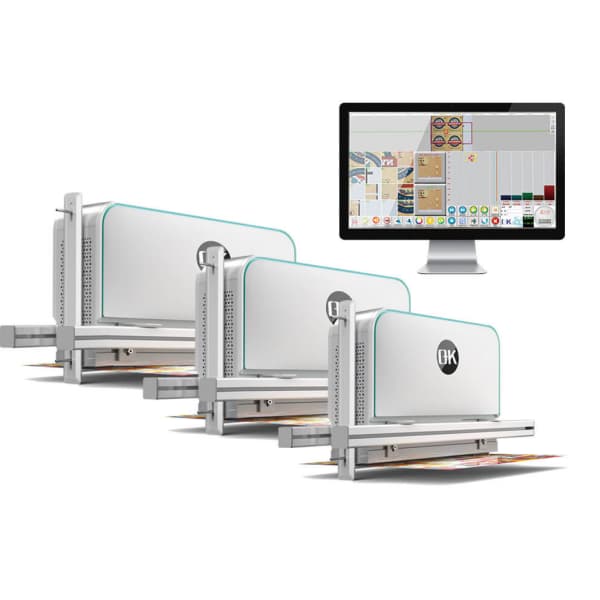
Table of Contents
What is a 100% Full-surface Print Inspection System
A 100% full-surface print inspection system is an automated optical system that inspects the entire printed surface of products like labels, packaging, films, or cartons during production. By capturing continuous, high-resolution images of the entire printed surface, rather than relying on random sampling, the system ensures that no defects are undetected. Defect detection is automated through advanced imaging and print inspection algorithms that flag variations from the designated digital reference images.
Integrated into high-speed production lines, the 100% print inspection systems routinely detect thousands of prints every minute while simultaneously identifying and classifying defects in real-time.
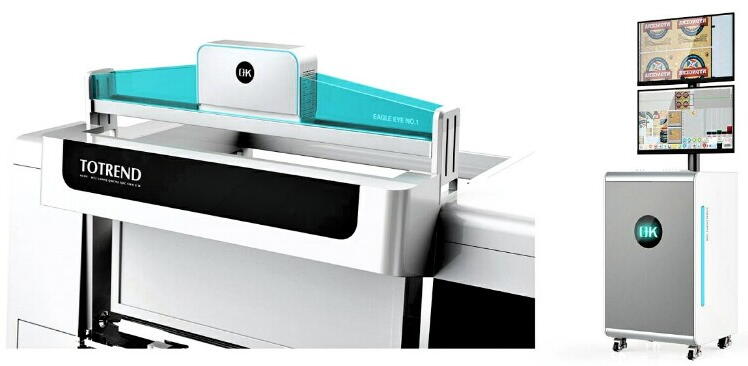
Key Components of a 100% Full-Surface Print Inspection System
This chart outlines how each component contributes to achieving accurate, fast, and fully automated printing quality inspection across the entire printed surface.
| Component | Description | Function in the System |
| High-Resolution Cameras | Industrial-grade cameras capable of capturing fine image details at high speed. | Capture real-time images of the entire printed surface for defect detection. |
| Lighting Module | Specialized LED or fiber-optic lighting systems with adjustable brightness and angle. | Provides uniform illumination to enhance image clarity and reveal surface defects. |
| Image Processing Unit | High-performance computer or processor with machine vision algorithms. | Analyzes captured images, compares them to reference templates, and identifies defects. |
| Reference Image Database | Digital storage containing “master” images or approved print patterns. | Serves as the standard for comparison against live printed output. |
| Encoder or Line Synchronization Sensor | Sensor that tracks the movement or speed of the printing web. | Ensures image capture and inspection are synchronized with the printing process. |
| Defect Classification Software | AI- or rule-based software that categorizes different types of defects. | Differentiates between acceptable variations and true quality issues. |
| Operator Interface (HMI) | Touchscreen or computer interface for real-time monitoring and control. | Displays inspection results, alarms, and system status to operators. |
| Defect Marking or Rejection System | Integrated device for marking or removing defective prints. | Physically identifies or eliminates defective products from the production line. |
| Data Storage and Reporting Module | Secure database for storing inspection data and reports. | Provides traceability, defect trend analysis, and quality documentation. |
| Network and Integration Interface | Communication link with other production or quality management systems. | Enables real-time data exchange and integration into smart factory environments. |
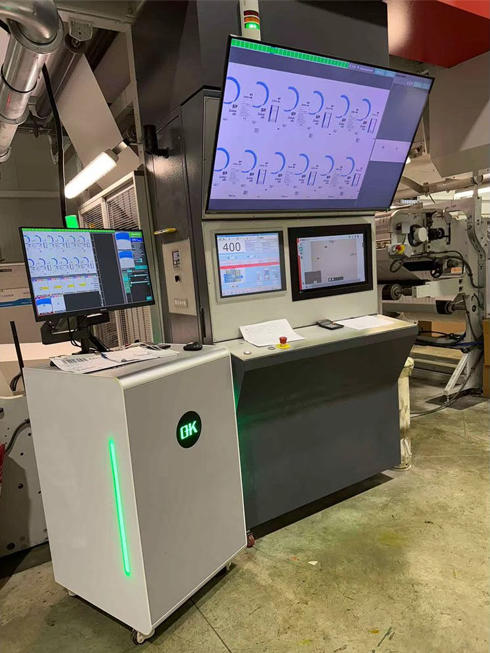
How Do 100% full-surface Print Inspection Systems Work
Understanding the way that 100% full-surface print inspection systems function, you can see the sophisticated combination of optics, imaging and intelligent analyses that make them efficient.
1. Image Capture and Lighting Control
The process begins with introduction of high-resolution camera systems on the line of printing or converting. The cameras are strategically placed to record every single detail that is printed on while it is during examination. The proper illumination is essential for capturing images accurately This is why the system utilizes advanced lighting components, usually LED-based, to give a consistent, flicker-free light throughout the material. Based on the type of application the lighting can be coaxial, diffuse or multi-angle designs to highlight imperfections on matte, glossy, and transparent surfaces.
2. Continuous Real-Time Image Acquisition
When the printing process continues the cameras continually record images of each item or printed section. The process is carried out at extremely high speeds in order to keep up with the speed of production, which ensures that there isn’t any interruption or lag in the inspection. Each image is synced with the motion of the press by using encoder feedback to ensure that the system checks the correct area of the printing surface at the proper moment. Images are captured and immediately transferred into the processor to be analyzed.
3. Digital Reference Comparison
When the images are gathered after which they are compared to an “master image” or digital reference, which is what is considered to be the best print. Modern image processing techniques look at pixels-by-pixel differences between real-time print as well as the reference. This helps the system to identify the full range of printing imperfections, including registration errors, color variations and scratches, smudges or smudges. missing components, or unintentional spots. The sensitivity level can be adjusted to meet specifications for production, which allows differentiation between legitimate variations and imperfections.
4. Intelligent Defect Detection and Classification
Advanced inspection methods go above and beyond basic image-based comparison. Utilizing machine vision and artificial intelligence technology, they can categorize identified defects into categories like ink smear, color shift and text misalignment or contamination. This classification allows operators to quickly find the source of the issue and implement corrective measures. In time machine learning algorithms adapt to the specific conditions of production increasing accuracy and decreasing false alarms that are caused by natural variations in the materials or printing density.
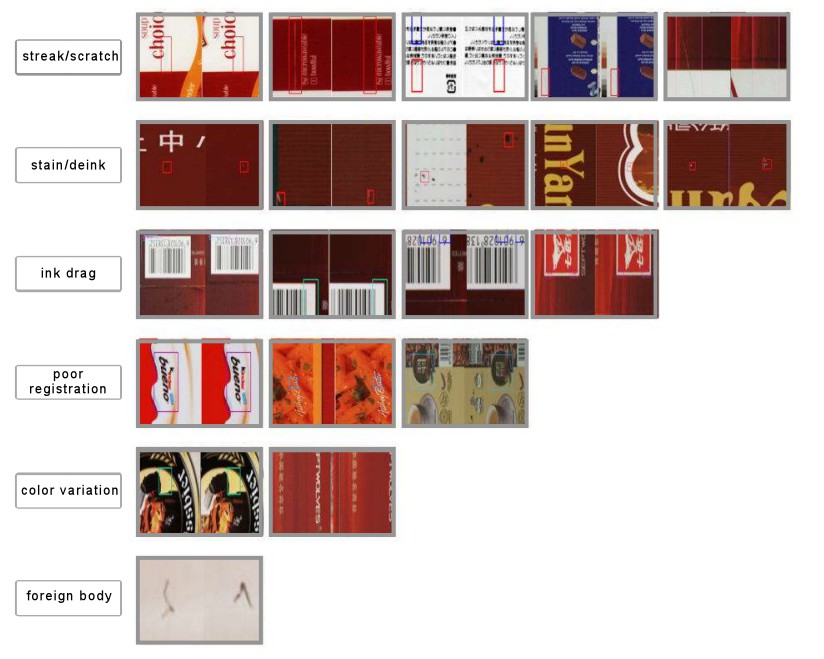
5. Real-Time Feedback and Process Control
One of the major advantages of 100% full-surface inspection systems lies in their capability to provide real-time input to printing lines. When a flaw is identified the system immediately informs the operator, or triggers automatic marking or Ejection mechanisms. This ensures that the defective product are eliminated prior to their move to the next stage of production to avoid the need for costly wasted time and costly the need to rework. Certain systems are directly integrated with software controlling the press which allows automatic adjustment of the flow of ink and registration or tension to fix the problem right on the spot.
6. Data Logging and Quality Traceability
Each inspection’s results are saved and logged for traceability. The system creates precise reports that detail the location of defects patterns, frequency, and location making it easier for manufacturers to maintain complete quality records. The historical information is useful to audits, customer verification, and continual improvements. In large-scale operations and processes, inspection data is shared across production sites via cloud-based platforms that facilitate central monitoring and optimization of performance.
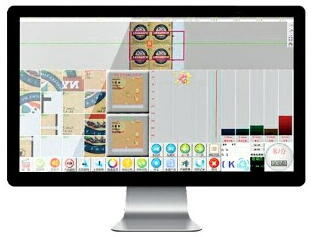
Benefits of Implementing 100% Full-surface Print Inspection Systems
Through the automatic monitoring of all printed surfaces in real-time, the 100% inspection systems for printing surface quality provide an array of benefits in terms of quality and operational efficiency that change the way printing firms manage production.
1. Enhanced Quality Assurance
One of the major advantages of using a 100% full-surface printing inspection system is its ability to guarantee a high-quality print. The system examines all square centimeters of print paper, and can detect even the smallest imperfections like color variations or smudges. It also detects registration errors, smudges or even missing text. Contrary to manual or sample-based inspections which depend on human judgement the automated systems provide reliable and accurate results. This comprehensive coverage ensures that only top-quality products reach the user at the highest standards of quality for challenging applications like packaging as well as labeling and printing for pharmaceuticals.
2. Reduction in Waste and Rework
Incorrections that are discovered too late in the process of production frequently result in large amounts of wasted material and expensive printing reprints. A 100% full-surface print inspection system reduces the loss by detecting errors when they happen. In real-time, operators can stop the process, fix the issue, and stop any further loss. By identifying problems earlier it helps businesses reduce the use of material, cut down on ink usage, and increase the efficiency of their resources. These are key factors for the reduction of costs and sustainability.
3. Increased Production Efficiency
Although traditional methods of inspection can slow production because of manual checks, 100% inspection systems are designed to function in the same manner like modern print lines. This allows continuous monitoring of quality without disrupting the workflow. Automated defect detection reduces the requirement for constant interventions by hand, allowing workers to concentrate on process improvement instead of visually inspecting. In the end, businesses can achieve greater productivity and less time to repair, while ensuring consistent output quality for each batch.
4. Improved Customer Confidence and Compliance
In the food industry, such as pharmaceuticals, consumer goods, accuracy of print and legibility are crucial to ensure safety and regulatory conformity. A 100% full-surface inspection system guarantees that every Barcode, batch number as well as label is correct and understandable. This is not just helping comply with legal requirements, but also boosts confidence among customers in the quality of the product. For owners of brands, providing flawlessly printed products can boost credibility and trust that can lead to lasting business relationships as well as competitive advantages.
5. Comprehensive Data and Traceability
Every inspection’s result is documented and archived, creating an all-digital record of quality production. These logs of data are used to traceability and auditing as well as quality reports. Manufacturers can examine trends in defect to find recurring issues as well as optimize maintenance schedules and increase overall performance. This approach based on data transforms inspection from being a reactive job to a proactive quality management approach, which is in line with the latest industry 4.0 techniques.
6. Cost Savings and Long-Term Return on Investment
While implementing a 100% full-surface inspection system will require upfront investment, the long-term financial rewards are significant. The reduction in waste materials as well as rework and returns to customers quickly reduces the expense of installation. Furthermore, increased efficiency and decreased downtime leads to increased throughput and improved use of the resources. In time the system will contribute to continuous cost control, and sustainable profitability.
7. Support for Continuous Process Improvement
The information on defects gathered from inspection systems provides important information about the performance of processes. Through analyzing the kinds and locations of the recurring problems, companies can spot weaknesses on the production line, such problems with ink distribution registration alignment issues, ink distribution issues, or irregularities in the substrate–and correct them. This encourages a culture that is constant improvement, where the quality of prints and process reliability is constantly improved.
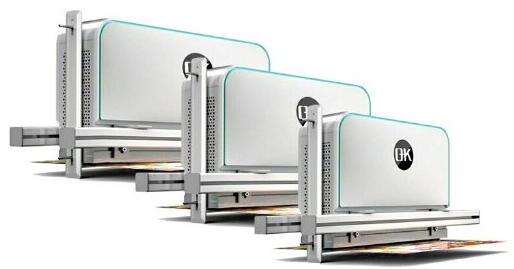
Applications across Industries of 100% Full-surface Print Inspection Systems
This chart illustrates how 100% full-surface printing inspection systems are crucial across a variety of industries, each with its own requirements for quality and compliance.
| Industry | Application Area | Purpose | Typical Defects Detected |
| Packaging Industry | Flexible packaging, foldable cartons and corrugated boxes | Make sure that the print is accurate, has consistent color, and accurate branding for packaging material. | Color deviations, logos that are missing and smudges. Text that is misaligned and barcodes that are not aligned. |
| Label Printing | Self-adhesive labels, product tags and promotional stickers | Verifies registration of print, logo accuracy and readability of text in small fonts or codes. | Registration errors, text misprints, color shifts, or missing print zones. |
| Pharmaceutical Industry | Labels for medicines, blister packs and instructions leaflets | Make sure that dosage instructions are legible and information on regulatory requirements to avoid mistakes. | Prints that are blurred, text that is not visible incorrect serial or batch code, and color fade. |
| Food and Beverage Industry | Labels for cans, bottles as well as flexible film packaging | Checks for correctness of the label and food safety conformity, particularly for expiry dates and ingredient information. | Print voids, ink smears or barcodes that are not read correctly, or inaccurate nutritional information. |
| Security Printing | Tickets, certificates, and banknotes and ID documents | High-quality monitors print for anti-counterfeit functions and exquisite security patterns. | Microtext missing blurred holograms issues and print registration problems. |
| Commercial Printing | Brochures, magazines and other advertising materials | Print uniformity is maintained and maintains attractive visual appeal in marketing material. | Print streaks, color variations and background irregularities. |
| Electronics and Industrial Components | Electronics printed with labels, control panels, components and control panels | Verifies printed circuit trace lines such as technical markings, identification labels. | Ink spills, and misplaced labels. |
| Automotive Industry | Safety labels, instructions and identification tags for products | Validates the authenticity on safety warnings and symbols for regulatory compliance on components and packaging. | Text misprints, color irregularities and distortion of symbols. |
| Cosmetics and Personal Care | Packaging labels for products and packaging that is decorative | It ensures consistency in branding and quality of the visuals on premium packaging for products. | Lack of color, glossy issues and missing decorative prints. |
| Tobacco Industry | Tax labels and tobacco packs | Checks for brand marks such as warning labels, authenticity indicators. | Prints that are not aligned, missing tax stamps and incorrect color registration. |
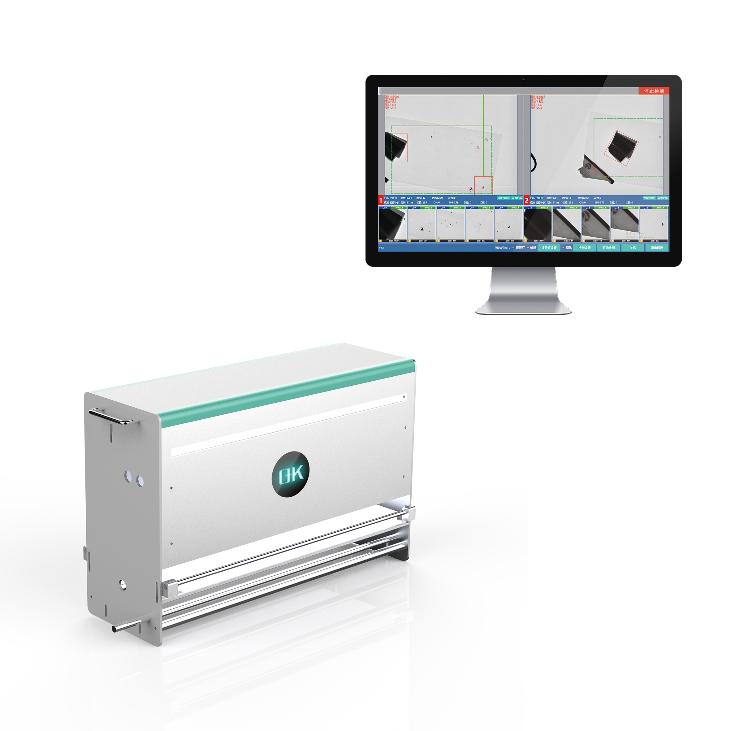
Future Technological Trends in Print Inspection
As the expectations of customers and requirements from regulatory agencies are increasing, printing inspection systems are going through a significant technological change. The once straightforward instrument for detecting visual defects is now transforming into an intelligent and data-driven system that can help with automated web inspection system for printing quality control through predictive technology and intelligent manufacturing.
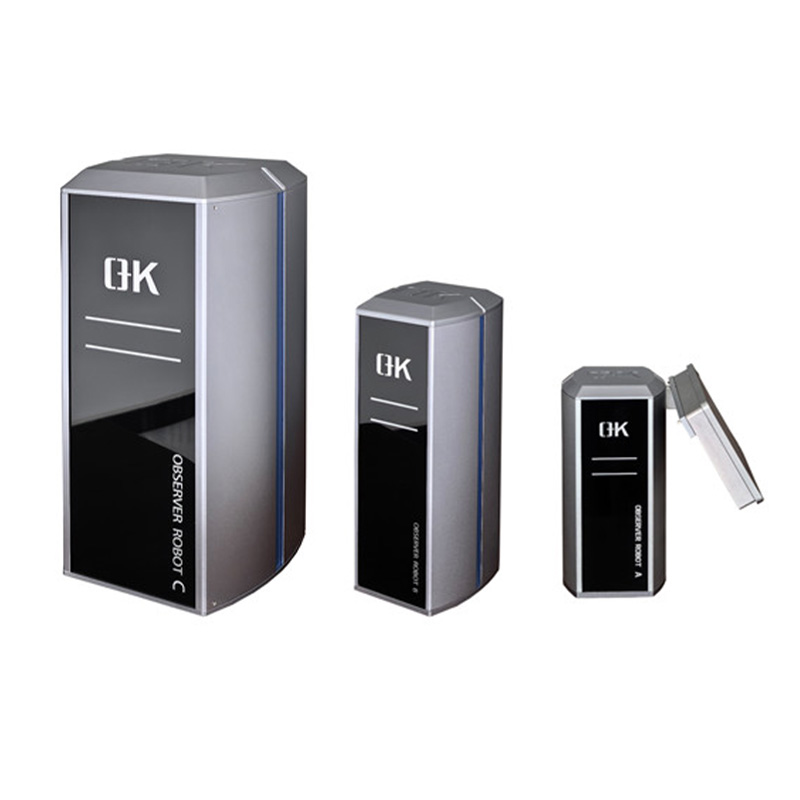
1. Artificial Intelligence and Machine Learning Integration
Artificial intelligence (AI) and Machine learning (ML) are changing the way printing inspection systems function. Conventional inspection systems depend on predefined rules in order to identify defects. This could lead to mistakes that are not detected or omitted in the face of complex prints or different print conditions. AI-driven inspection tools, in contrast are able to learn from past information, and automatically detect subtle defects and improving their precision. Machine learning models can differentiate between legitimate variations and defects, reducing the number of false positives. In time, this can result in more advanced systems that are able to adapt rapidly to various printing techniques, substrates, and even color profiling.
2. Multi-Spectral and Hyperspectral Imaging
Another important trend is the usage of hyperspectral and multi-spectral image techniques in the process of printing inspection. Contrary to traditional cameras that can capture the visible spectrum of light, these cameras examine light over a broad spectrum of wavelengths ranging from UV (UV) through infrared (IR). This allows them to identify invisible or non-visible elements such as invisible inks coatings, and security components which are commonly employed in packaging and security printing. Multi-spectral inspection improves quality control by revealing irregularities, gloss variations and layer alignment issues that cannot be detected with standard RGB imaging equipment.
3. Edge Computing for Real-Time Processing
In the process of making inspection equipment increasingly intensive in terms of data edge computing is becoming an important solution for instantaneous performance. Instead of sending huge volumes of images to a central database, edge-based processors process data directly on the spot where the inspection is taking place. This dramatically reduces latency and gives direct feedback directly to the printer. This results in faster processing decisions, more stable control, and less dependence on other computing resources. Edge computing also facilitates scaling capabilities, making it simpler to implement inspection tools across several production lines or factories.
4. Cloud-Based Data Analytics and Remote Monitoring
Cloud computing is changing the way that print inspections are conducted into a data-driven, connected process. Inspection systems are now able to upload real-time data on quality to cloud platforms that are secure, which enables central control and analysis of several printing sites. Quality managers can access remotely dashboards, examine inspection data and track trends in defect patterns throughout time. Advanced cloud analytics also connect print issues with the process parameters that are upstream, such as ink viscosity, temperature or machine settings–to pinpoint the reasons behind the problem. This method of data-driven analysis helps to predict maintenance needs, decreases time to repair, and drives continuous improvements throughout the production chain.
5. Integration with Industry 4.0 and Smart Manufacturing
The future of inspection for printing is closely tied to the overall advancement that is Industry 4.0. When printing equipment, sensors and control systems become interconnected inspection systems will serve as the quality-intelligence central point of the production line. By using communication protocols such as OPC UA and MQTT, inspection results can be fed directly into the manufacturing execution system (MES) as well as ERP (ERP) systems. This integration permits automated process adjustments, closed-loop process control and tracking throughout every step of the production process. In a fully-automated environment the system for inspection of prints can not only identify imperfections, but will also prevent the occurrence of defects before they happen.
6. AI-Powered Defect Classification and Visualization
Advanced visualization technology makes it easier for workers to understand the results of inspections. Future systems will incorporate AI-assisted defect classification tools that automatically classify and prioritize defects in accordance with the severity and impact. Augmented Reality (AR) overlays as well as interactive dashboards can help operators see the locations of defects on digital models and live print feeds. This will facilitate more rapid decision-making. These advanced visualization tools can reduce the workload of operators and increase response times in high-volume production environments.
7. Sustainability-Driven Quality Control
Since sustainability is becoming a primary issue across all industries Print inspection systems are likely to aid in reducing waste. Future systems will employ AI-based models for prediction to identify the early indications of print misalignment or drift and allow for proactive adjustments to help reduce material waste. Through ensuring uniform quality of print and reducing reprints they will help aid in environmentally sustainable production while reducing operating expenses.
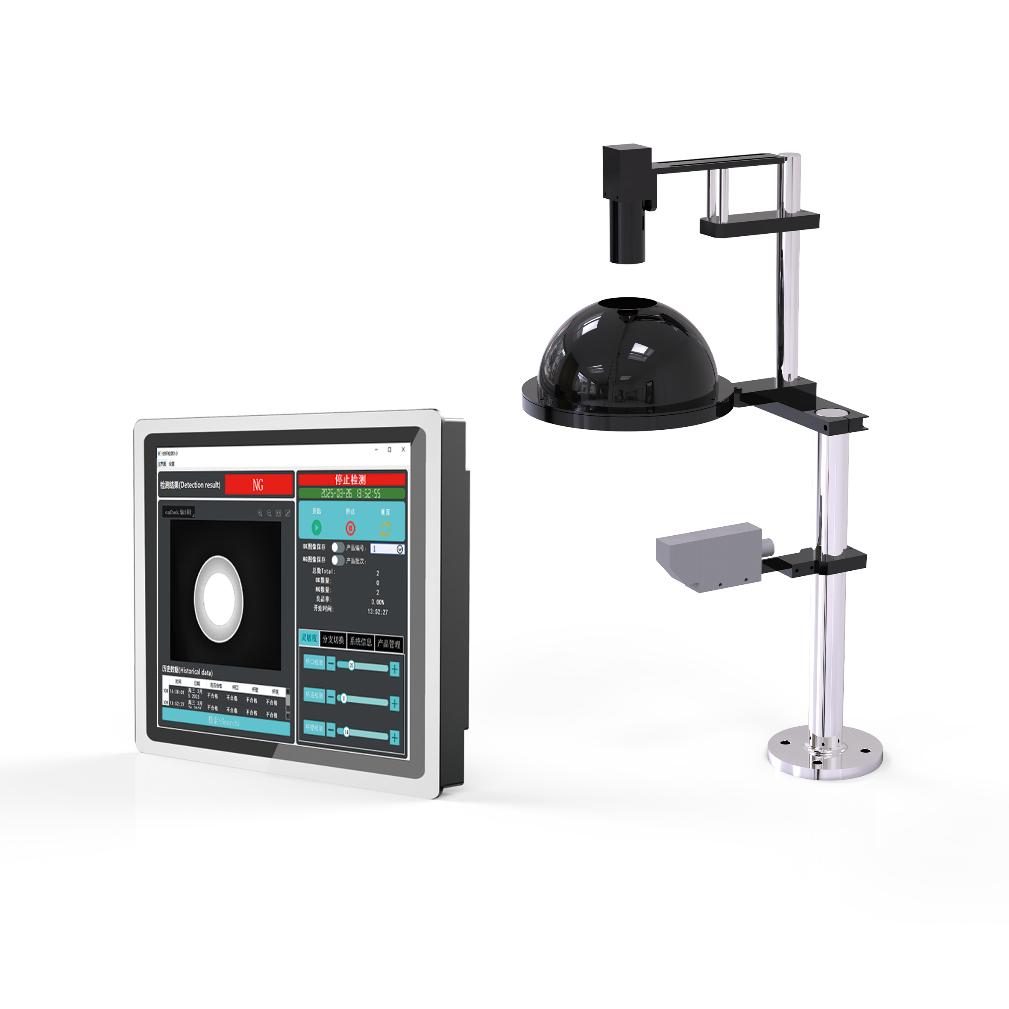
Summary
The 100% full-surface print inspection system is represents a transformative step in quality control for the printing industry. Through combining speed, accuracy and a sophisticated analysis, it guarantees that every printed item is in line with the high standards while also cutting down on waste and increasing the efficiency of operations. As automation and AI technologies advance, the 100% inspection systems will be more and more important for high-quality, reliable printing across various industries.
